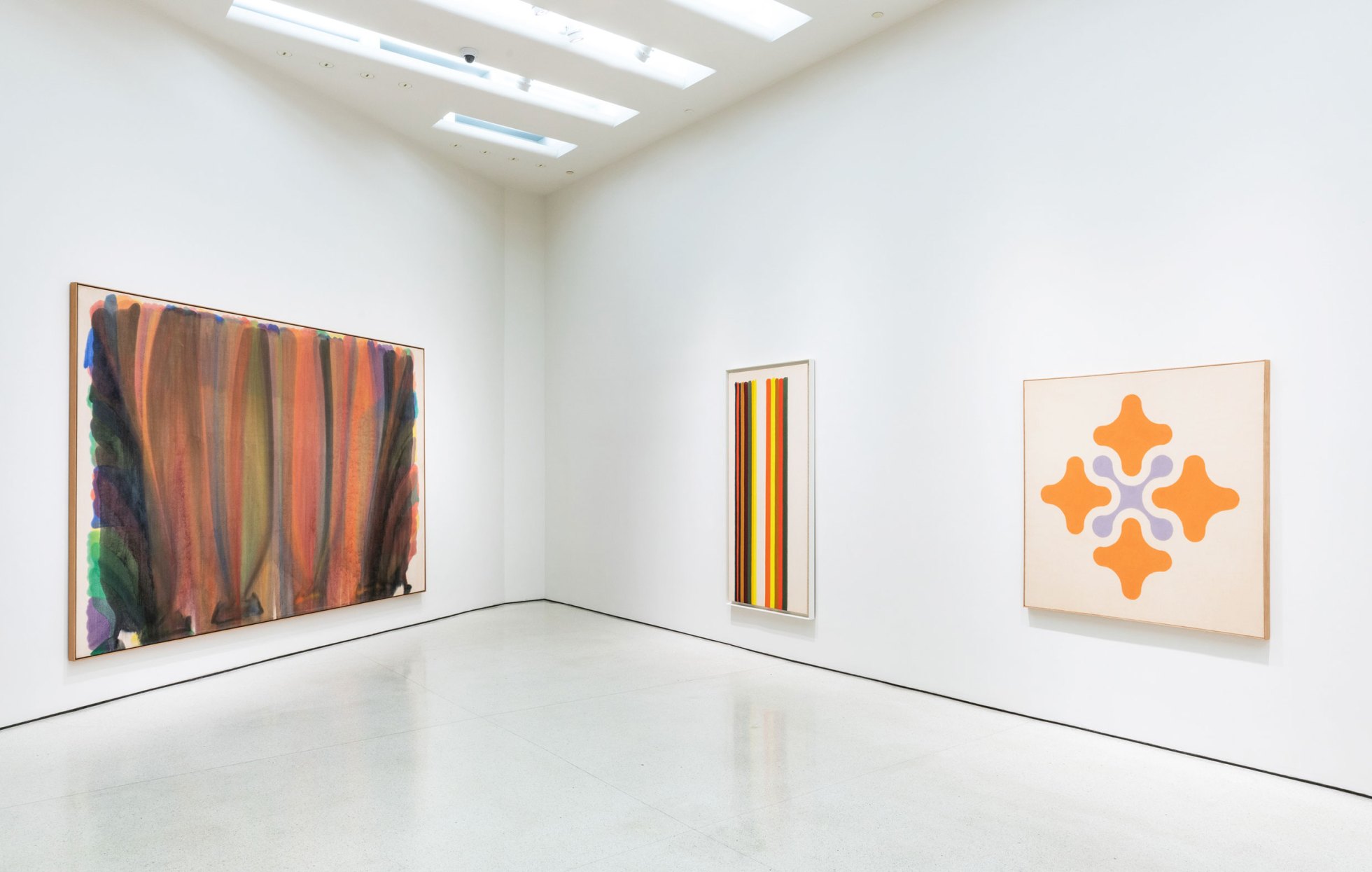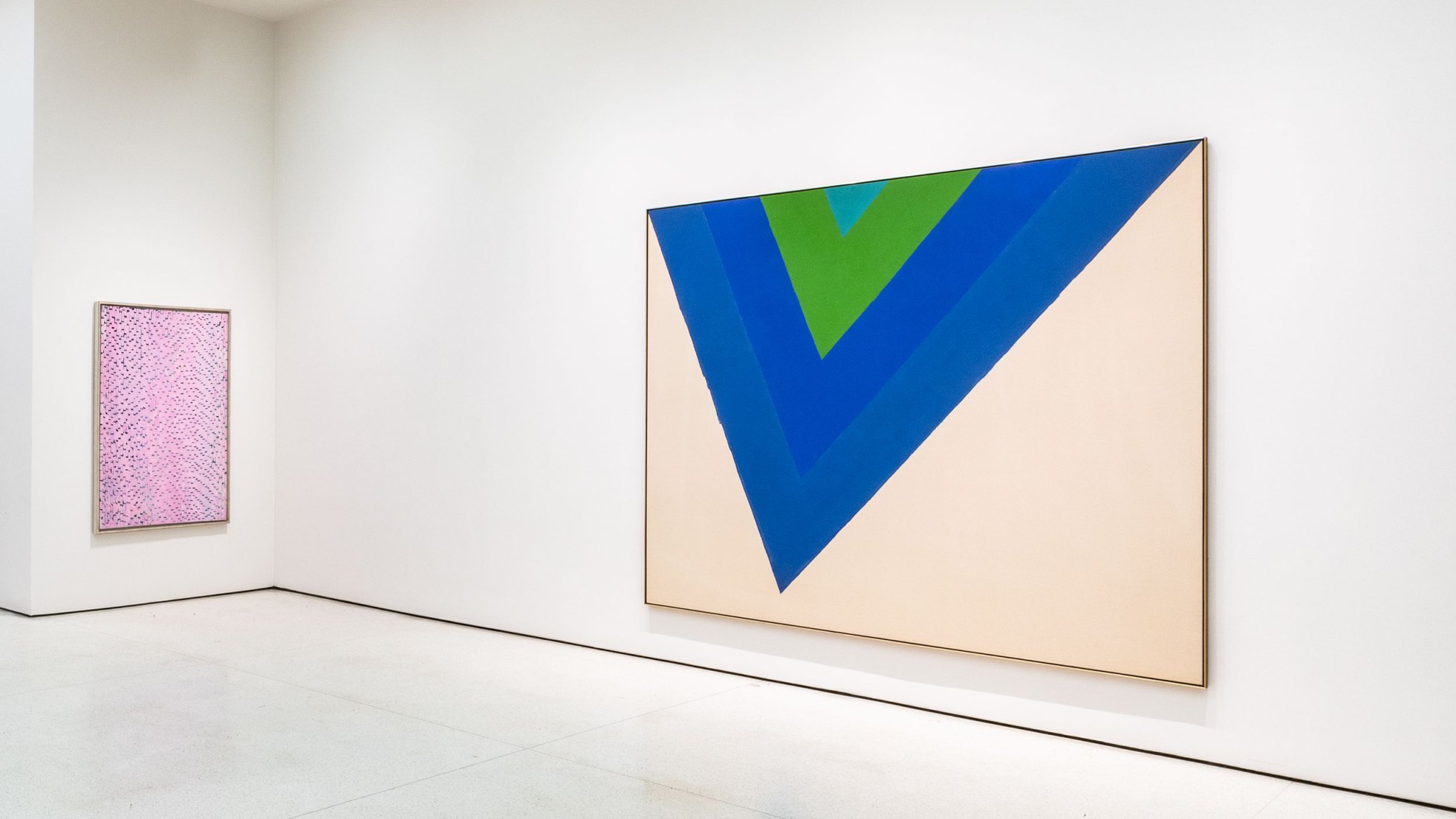The Fullness of Color: 1960s Painting

From December 18, 2019, through August 2020, the Solomon R. Guggenheim Museum presents The Fullness of Color: 1960s Painting. Featuring a selection of paintings by Helen Frankenthaler, Morris Louis, Kenneth Noland, Alma Thomas, and others, this exhibition draws primarily from the Guggenheim’s collection and explores the varied and complex courses nonrepresentational art followed in the 1960s and into the 1970s, including those characterized as Color Field, geometric abstraction, or hard-edge painting.
The Fullness of Color is organized by Megan Fontanella, Curator, Modern Art and Provenance, with support from Indira Abiskaroon, Curatorial Assistant, Collections. Major support for the exhibition is provided by Barbara Slifka and LLWW Foundation.

By the 1960s many American and international artists were pushing abstraction in new directions, exploring a range of formal possibilities and liberating uses of color in their work. This shift—which occurred in the wake of Abstract Expressionism, the largely gestural and emotive movement that had dominated the post–World War II art world—yielded a number of divergent styles.
Helen Frankenthaler, who in 1952 had pioneered the “soak-stain” technique, now regularly applied thinned acrylic washes to unprimed cotton canvas, richly saturating it like a dye. Others similarly treated figure and ground as one and the same. Morris Louis, Kenneth Noland, and Jules Olitski, for instance, methodically poured, soaked, or sprayed paint, producing compositions with a more systematic appearance than those of their Abstract Expressionist forbearers.

While Alma Thomas also adeptly applied color theory throughout the 1960s and beyond, she nonetheless continued to create expressive marks and draw upon her observations of the natural world. Still other painters approached relationships of form and color through investigations of optical perception or through more precise, geometric languages that, as Guggenheim curator Lawrence Alloway described in 1966, “combined economy of form and neatness of surface with fullness of color.” The present exhibition reflects on the museum’s engagement with this vibrant period.
Exhibition: The Fullness of Color: 1960s Painting
Venue: Solomon R. Guggenheim Museum, 1071 Fifth Avenue, New York
Location: Tower Level 5
Dates: December 18, 2019–August 2020
Header image: People view The Fullness of Color: 1960s Painting at the Solomon R. Guggenheim Museum. Photo: David Heald


